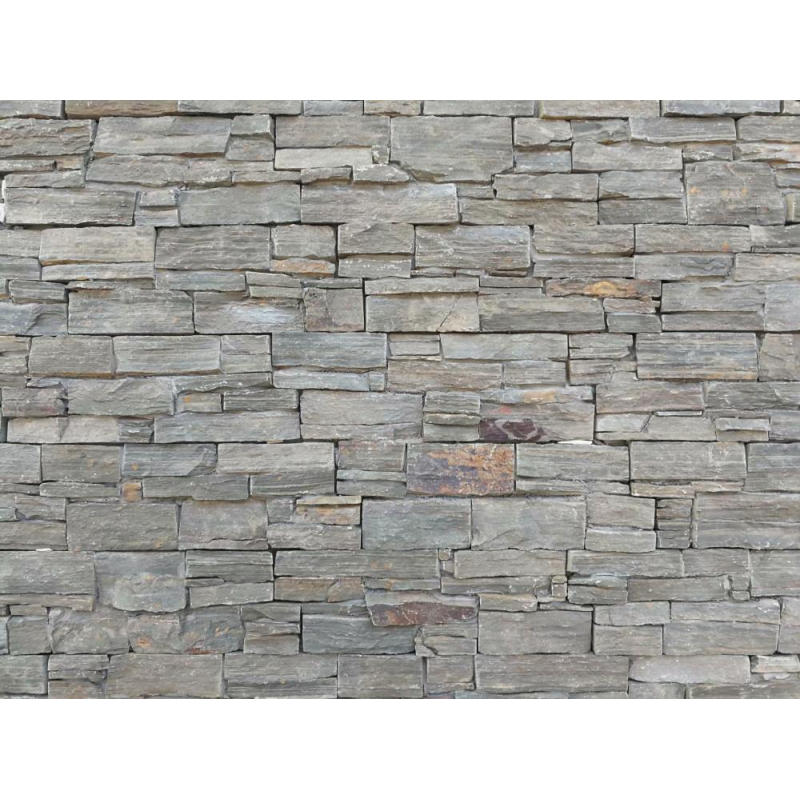
Dabīgais akmens ir viens no visbiežāk izmantotajiem materiāliem, ko izmanto mājās un dārzos. Bet vai esat kādreiz apstājies, lai prātotu, no kurienes ir radušās jūsu konkrētās akmens flīzes, ķieģeļi vai grīdas segums?

Natural stone was created thousands of years ago when the Earth was just a ball of mineral gases. As these gases began to cool down, they compressed and solidified to form the world we know today. It was during this process that natural stone was formed – the type of stone created depends on what type of minerals were combined at that time. This was a slow process that occurred over millions of years. As the Earth began to settle, many of these seams of stone were gradually pushed to the surface by heat and pressure, creating the large formations we see today.
Stone can come from anywhere in the world, and the type of stone is determined by its origins. There are quarries in America, Mexico, Canada, Italy, Turkey, Australia, and Brazil, as well as many other countries around the globe. Some countries have multiple natural stone quarries, whilst others only have a few. Let’s look in closer detail at where particular stones originate and how they were formed.
Marmors is the result of limestone that has been altered through heat and pressure. It’s a versatile stone that can be used on virtually anything – statues, stairs, walls, bathrooms, counter tops, and more. Usually seen in white, marble is also common in black and grey tints, and has great weather endurance.
Kvarcīts nāk no smilšakmens, kas ir mainījies karstuma un saspiešanas rezultātā. Akmens galvenokārt ir baltā krāsā, taču to var atrast arī ar brūnu, pelēku vai zaļganu nokrāsu. Tas ir viens no cietākajiem dabīgā akmens veidiem, padarot to par lielisku izvēli ēku fasādēm, darba virsmām un citām konstrukcijām, kurām nepieciešami lieljaudas akmeņi.
Granīts sākotnēji bija magmatisks akmens, kas bija pakļauts magmai (lavai) un mainījās, pakļaujoties dažādiem minerāliem. Akmens parasti atrodams valstīs, kurās kādā brīdī ir bijusi augsta vulkāniskā aktivitāte, un tas ir pieejams ļoti dažādās krāsās no melnā, brūnā, sarkanā, baltā un gandrīz visās krāsās starp tām. Granīts ir lielisks risinājums virtuvēm un vannas istabām, pateicoties tā antibakteriālajām īpašībām.
Kaļķakmens ir koraļļu, gliemežvāku un citu okeāna dzīves veidu saspiešanas rezultāts. Ir divu veidu kaļķakmens: cietāks veids, kas ir pilns ar kalciju, un mīkstāks veids ar vairāk magnija. Cietais kaļķakmens bieži tiek izmantots būvniecības nozarē vai arī tiek samalts un izmantots javā, jo tas ir ūdensizturīgs.
Bluestone is sometimes referred to as basalt, and is one of the most common natural stones around the world. Bluestone forms through the alteration of lava, and because of this, is one of the closest stones to the Earth’s surface. Basalt is generally darker in colour, and is used as house roofing and floor tiles because of its hard texture.
Šīferis radās, kad karstuma un spiediena ietekmē mainījās slānekļa un dubļu nogulumi. Šīferis ir pieejams melnā, purpursarkanā, zilā, zaļā un pelēkā krāsā, un tas ir kļuvis par populāru jumta seguma izvēli, jo to var griezt plānā kārtā un izturēt aukstu temperatūru ar minimāliem bojājumiem. Šīferis bieži tiek izmantots arī kā grīdas flīzēšana tā noturības dēļ.
Travertīns is created when floodwaters wash through limestone, leaving mineral deposits throughout. As it dries out, the extra minerals solidify to gradually create a much denser material called travertine. This stone is good as a replacement for marble or granite, as it’s much lighter and easier to work with, yet still durable. For this reason travertine is often used on floors or walls, and is estimated to last around fifty years if maintained regularly.